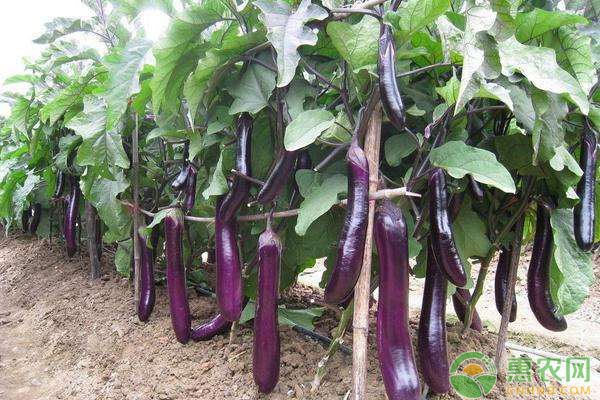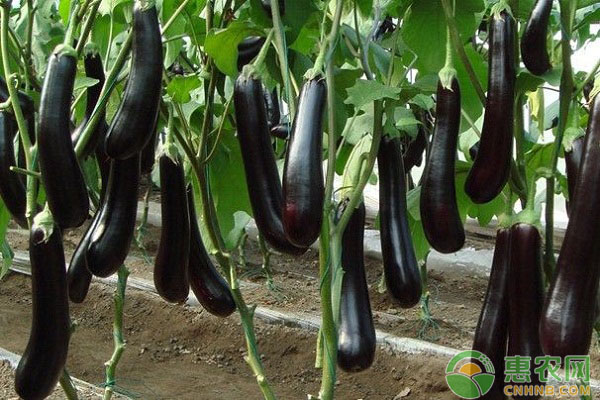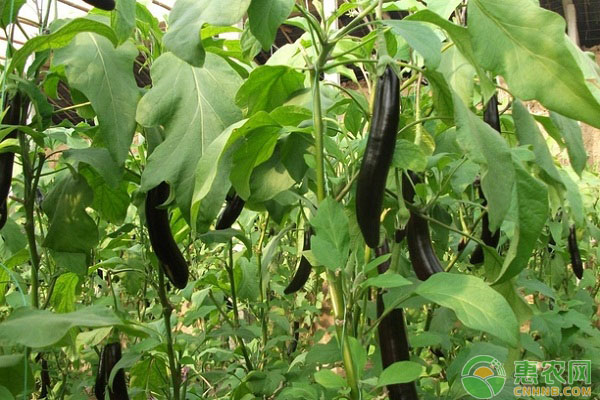Should the leaves be picked during the eggplant planting management process? This should be a problem that many farmers who grow eggplant want to ask. In fact, in order to reduce the falling and falling of the eggplant, the fruit is rotted, and in order to achieve better coloring of the eggplant, the yield and quality of the planting are improved, and the eggplant is planted. It is said that especially the eggplant planted in the greenhouse should be scientifically picked.

Here's what to say: 1 What is the best time to pick the leaves? Which leaves should be picked? Which leaves should not be picked? How to pick leaves best? What problems should I pay attention to when picking leaves?
First, the time of eggplant picking leaves
In order to better grasp the time of eggplant picking, you should first understand three terms related to eggplant: cigar, cigar and tofu.
The eggplant, also known as the root eggplant, refers to the eggplant that grows after the first flower of the eggplant, that is, the eggplant that grows when the eggplant is first branched.
For eggplant, it refers to the eggplant that grows after each branch blooms when the eggplant is branched for the second time.
Bucket eggplant refers to the eggplant that grows after each branch blooms when the eggplant is branched for the third time.
Understand the above three nouns, the following is a good understanding of the eggplant picking time: eggplant picking leaves, generally when the eggplant grows to 3-4 cm long, remove the old yellow leaves below the eggplant, wait until the bucket is long When it is 3-4 cm long, the old yellow leaves below the eggplant are removed. Eggplant picking leaves are best carried out in stages of plant branching and fruiting.

Second, which leaves of the eggplant should be picked, which leaves should not be picked?
Eggplant picking leaves are usually used to remove old leaves, yellow leaves, diseased leaves, and dense leaves and shading leaves that affect the growth and development of eggplants, and those that lose photosynthesis and can not effectively produce nutrients for plants.
Third, how to pick the best eggplant?
Eggplant picking leaves have a few jingles saying that it is in place, you may wish to remember, according to this principle, picking leaves: only picking the lower flank, retaining the middle and upper leaves; removing the pests and leaves, retaining the normal leaves; Dead yellow leaves, retaining strong green leaves. Under normal circumstances, after the eggplant is picked, the 2-3 pieces of functional leaves are kept in the lower part of the fruit.
Of course, the photosynthesis of old, yellow and diseased leaves in the lower part of the plant is not only low in nutrients, but also consumes large nutrients. It should be removed in time to provide more nutrients to the new leaves and fruits that produce strong nutrient capacity. .
However, if the new leaves on the top or top of the plant are not fully developed, the photosynthesis ability of the nutrient-producing material is still very low. In addition, the growth and development of new leaves, plants, roots and fruits require a lot of nutrients. Branches and leaves should be carried out, and the leaves can be picked after the new leaves are fully developed.
In addition, the leaves in the upper part of the plant should not be removed, because these leaves have large leaves, good growth and strong photosynthesis, which are the main leaves for the production of nutrient substances on the plants. The removal will inevitably affect the growth and fruit development of eggplant plants.

Fourth, what should be noted in the eggplant picking leaves?
1, too many leaves can not be picked
Plant growth and fruit development require sufficient number of leaves for photosynthesis to produce nutrients. If too many leaves are picked at one time, or the leaves in the lower part of the plant are lighted, it is easy to cause malnutrition in eggplant. When picking leaves, the leaves should be picked in order from bottom to top and in batches. Especially before the results of the main results and in the early stage of the results, the leaves should be removed as little as possible. Otherwise, photosynthesis will be reduced and nutrient supply will be reduced, which will affect the eggplant. Flower fruit growth and development.
2, the amount of leaves should be reasonable
Because the yield of eggplant fruit is closely related to the leaf area, the amount of leaf picking should not be too large, and should be carried out flexibly according to the variety, growth, density and weather of the eggplant.
1 It is possible to pick more leaves appropriately: varieties with strong branching power, branches and leaves, water and fertilizer feet, large planting density, fields closed in the field, high temperature and high moisture;
2 should be appropriate to pick up less leaves: poor branching power, sparse foliage, poor soil, planting sparse, ventilated and light-transparent plots, less rainy and dry weather.
Diagnostic reagents can be divided into two categories: in vivo diagnostic reagents and in vitro diagnostic reagents. It is mostly a reagent for detection by the reaction between antigen and antibody.
A: Classification of in vitro diagnostic reagents:
1. In vitro biodiagnostic reagents managed as drugs include:
1. Blood type and tissue type reagents;
2. Microbial antigen, antibody and nucleic acid detection reagents;
3. Tumor marker reagents;
4. Immunohistochemistry and human tissue cell reagents;
5. Human genetic testing reagents;
6. Biochips;
7. Allergy diagnostic reagents.
2. In vitro reagents managed as medical devices include:
1. Clinical basic test reagents;
2. Clinical chemistry reagents;
3. Blood gas and electrolyte determination reagents;
4. Vitamin determination reagents;
5. Cell histochemical stains;
6. Autoimmune diagnostic reagents;
7. Microbiological test reagents.
B: According to medical test items, clinical diagnostic reagents can be roughly divided into clinical chemical test reagents, immunology and
Serological testing reagents, hematological and cytogenetic testing reagents, microbiological testing reagents, body fluid excretion
Detection reagents, genetic diagnosis reagents, etc. Among them, the market share of clinical chemistry
The largest, close to 34%; followed by the immunology market, accounting for about 29%. Novel immunodiagnostic reagents and genetic diagnostic tests
The reagent was developed in the late 1980s, and it is the most common diagnostic reagent for all current diagnostic reagents, regardless of technology or market.
The fastest growing product.
Urine Rapid Test Kit,Rapid Test Kit 6-Panel,Toxoplasma rapid test kits,Fecal Occult Blood Test
Jilin Sinoscience Technology Co. LTD , https://www.contoryinstruments.com